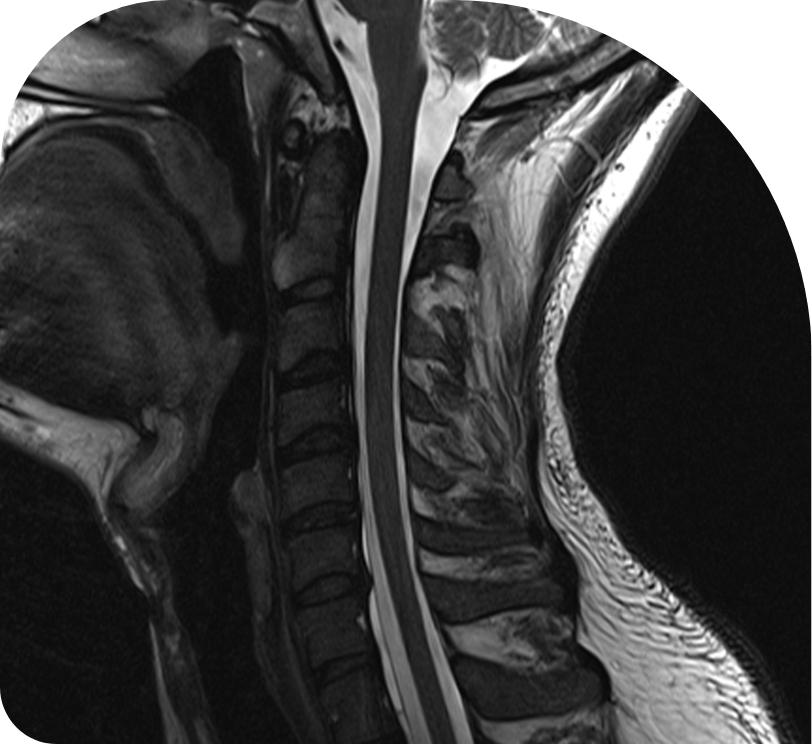CSF Leak
(Spontaneous Intracranial Hypotension – SIH)

Cerebrospinal fluid (CSF) is the fluid that surrounds the brain and spinal cord.
This clear liquid cushions the brain and spinal cord, and supplies them with nutrients.
A CSF leak is a serious issue that can cause debilitating headaches, as well as complications like meningitis or seizures. CSF Leaks are treatable, and specialists at Macquarie Neurosurgery & Spine are highly experienced in their management.

What causes a CSF leak?
The brain and spinal cord are surrounded by CSF and covered by an outer membrane, called the dura mater. If there is a tear in this membrane, CSF can leak. Fluid can escape into the tissue around the spinal column, or it could leak through the nose or ears.
In the spinal area, a CSF leak can occur after a medical procedure such as a lumbar puncture, or a spinal or epidural anaesthetic. A cranial leak could occur after a serious head injury, or it could be a complication of ENT or neurosurgery.
In some cases, a CSF leak is spontaneous. This is more common in middle-aged women. Patients with underlying connective tissue disease, or those with intracranial hypertension (increased CSF pressure) are more likely to develop a spontaneous CSF leak.

What are the symptoms of a CSF leak?
Headache is the most common symptom of a CSF leak. Typically, these headaches are worse in the upright position, and improve on lying down. Headaches caused by a CSF leak tend to worsen during the day, and they can range from mild to severe.
Some patients with a CSF leak experience drainage of CSF (a clear liquid) from their nose or ears, especially when they move or lower their heads. If CSF drains down the back of the nose, a patient might complain of a salty or metallic taste in the mouth. For some patients, a CSF leak can cause visual disturbances or ringing in the ears.

How is a CSF leak treated?
Initially, a CSF leak may be treated conservatively. Treatment includes strict bed rest, adequate fluid intake and caffeine. In many cases, a CSF leak will heal on its own.
In other cases, a CSF leak will require more active intervention. A minor procedure, called an epidural blood patch, may be used to seal a spinal leak. Alternatively, a surgical sealant (called fibrin glue) can be used to repair the defect. In more complex spinal cases, as well as cranial cases, neurosurgery may be required.
CSF leaks (including spontaneous leaks) are more common than previously thought. Early diagnosis simplifies treatment and improves its chances of success. Where there is a delay in diagnosis, some patients with a CSF leak develop chronic symptoms and complications. In these cases, treatment may be more complex.
Specialists at Macquarie Neurosurgery & Spine are highly experienced in the management of CSF disorders, including CSF leak. They will glad assist patients with the management of this treatable condition.
